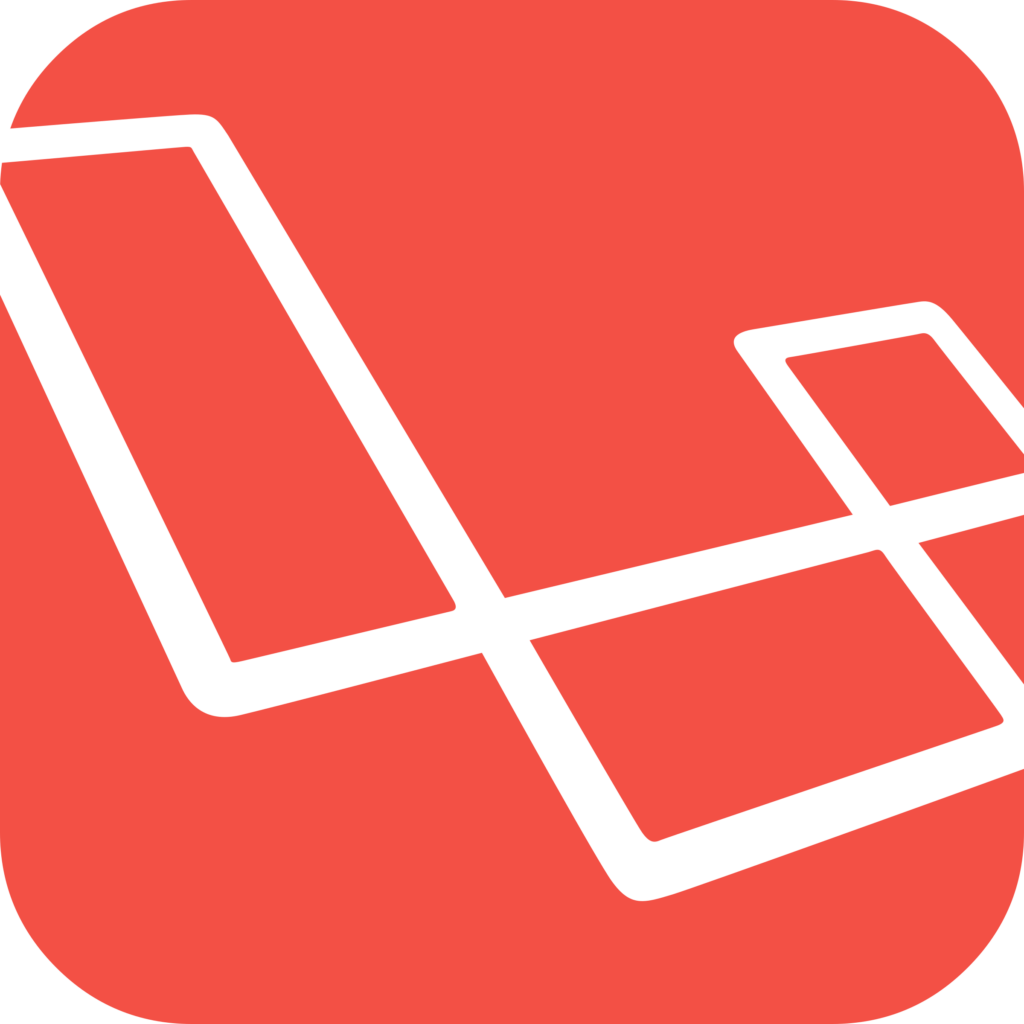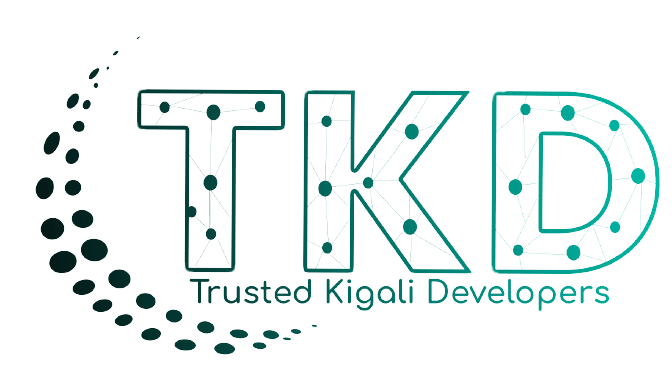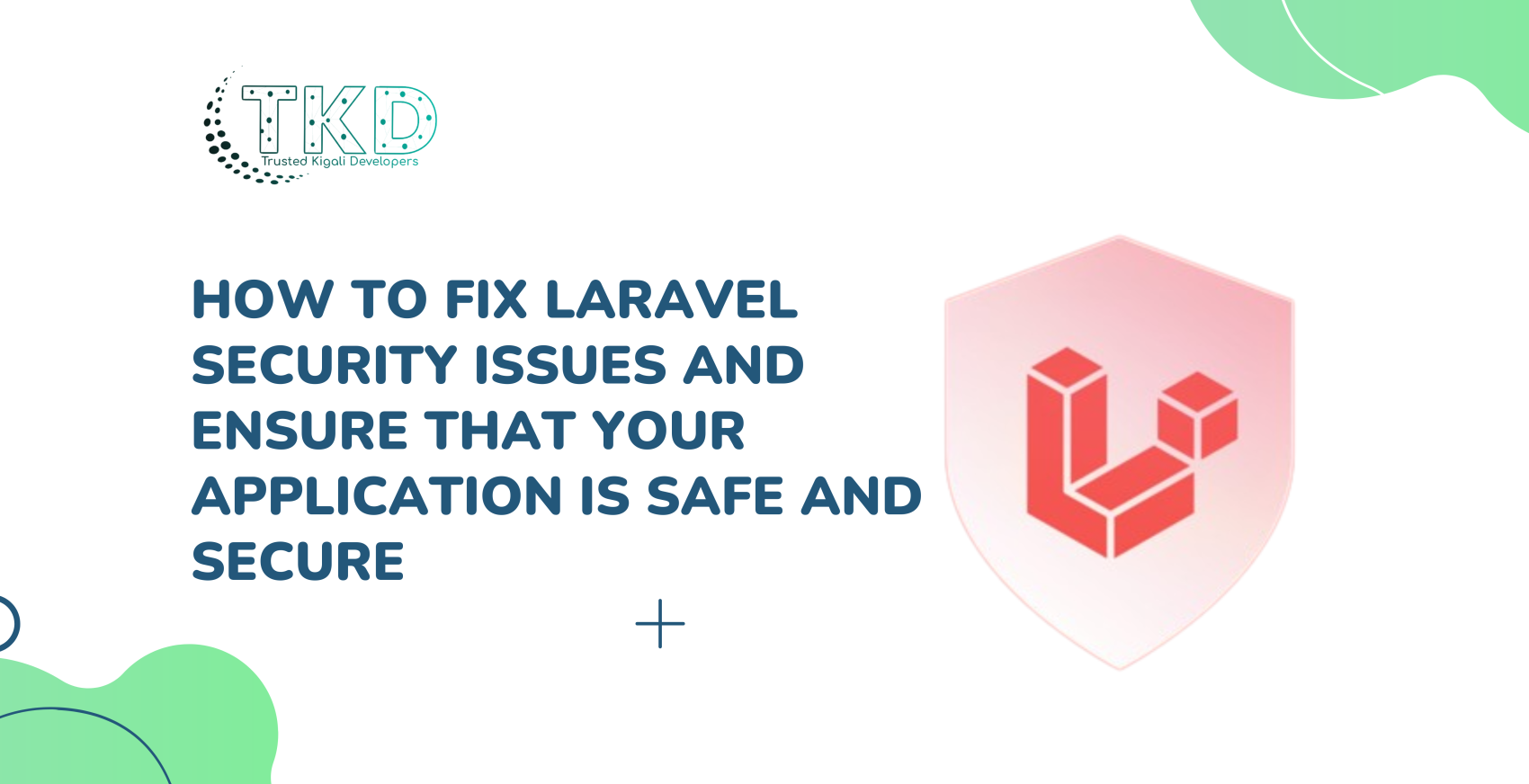Laravel is a popular PHP framework that provides a platform for web application development. With its ease of use and simple structure, Laravel is a favorite of many developers. However, as with any web application, there are security concerns that need to be addressed. In this blog, we will discuss how to fix Laravel security issues and ensure that your application is safe and secure.
SQL Injection
SQL Injection is a type of attack where a malicious user inputs SQL commands into your web application, which then executes those commands in your database. This can result in sensitive information being disclosed, data being deleted or altered, or even your database being taken over.
To prevent SQL Injection in Laravel, you should always use parameterized queries. This means that you should never concatenate user input into your SQL statements. Instead, use Laravel’s query builder to bind parameters to your SQL statements.
$users = DB::table('users')
->where('name', '=', $name)
->get();Cross-Site Scripting (XSS)
Cross-Site Scripting is an attack where a malicious user injects malicious code into your web application, which then gets executed by the browser of a user who visits the affected page. This can result in sensitive information being stolen, such as passwords and cookies.
To prevent XSS attacks in Laravel, you should always escape user input. This means that you should convert any special characters in user input to their HTML entity equivalents. Laravel provides a helper function htmlspecialchars that can be used to escape user input.
Example:
$name = htmlspecialchars($request->input('name'));
Cross-Site Request Forgery (CSRF)
Cross-Site Request Forgery is an attack where a malicious user tricks a user into making a request to your web application, which then performs an action on behalf of the user. This can result in sensitive information being deleted or altered.

To prevent CSRF attacks in Laravel, you should always include a CSRF token in your forms. Laravel provides a helper function csrf_field that can be used to include the CSRF token in your forms.
Example:
<form action="..." method="post">
@csrf
...
</form>
Password Storage
Password storage is an important aspect of web application security. Passwords should never be stored in plain text in your database. Instead, you should use a one-way encryption algorithm to hash the passwords before storing them in your database.
Laravel provides the bcrypt hashing algorithm for password storage. You can use the bcrypt function to hash passwords before storing them in your database.
Example:
$password = bcrypt($request->input('password'));
In conclusion, Laravel provides several tools and techniques to ensure the security of your web application. By following best practices such as parameterized queries, escaping user input, including CSRF tokens in your forms, and hashing passwords, you can ensure that your Laravel application is safe and secure.
If you need A Laravell

